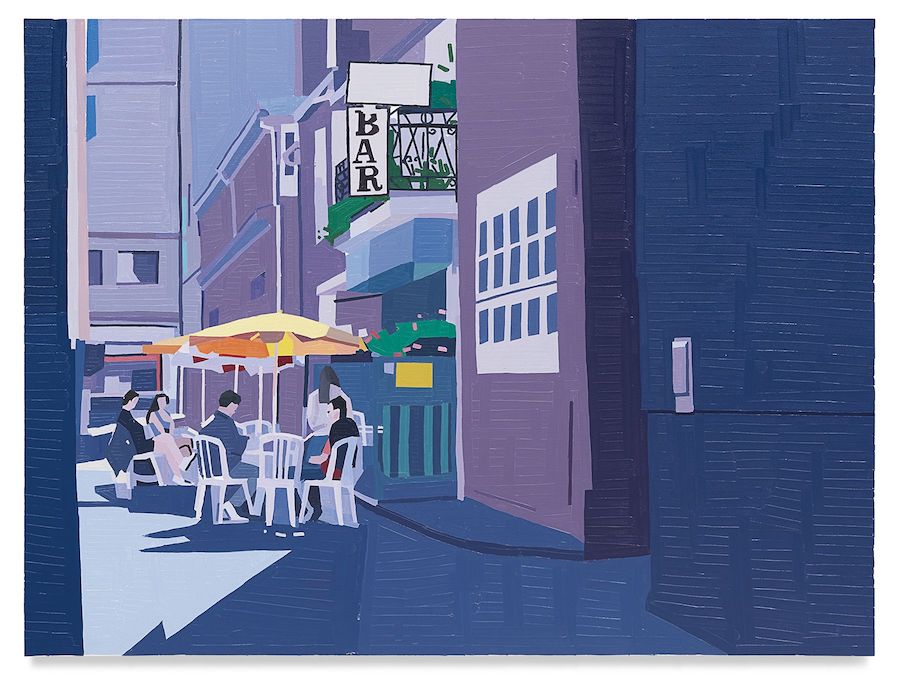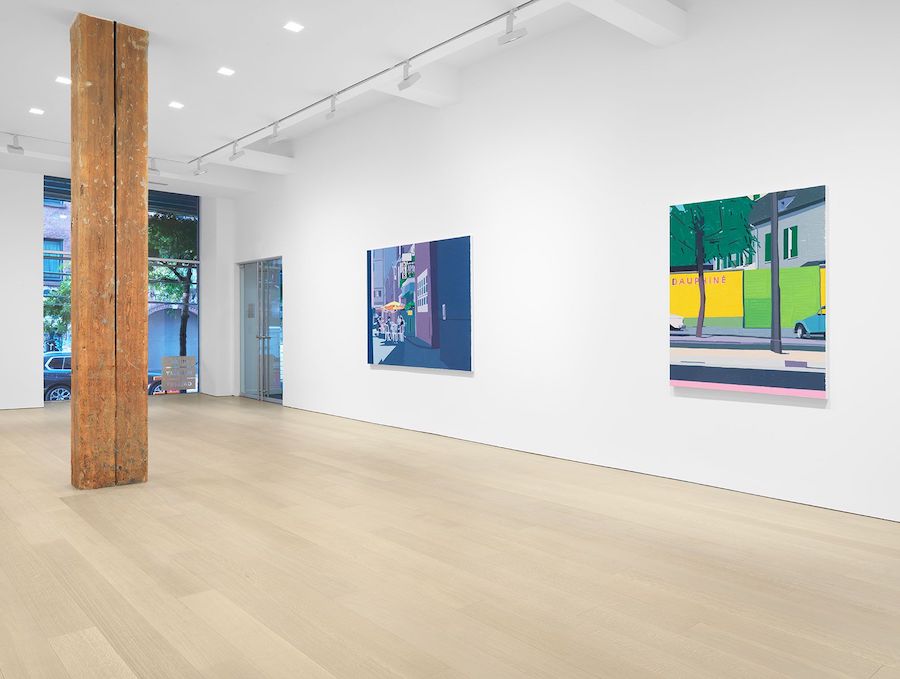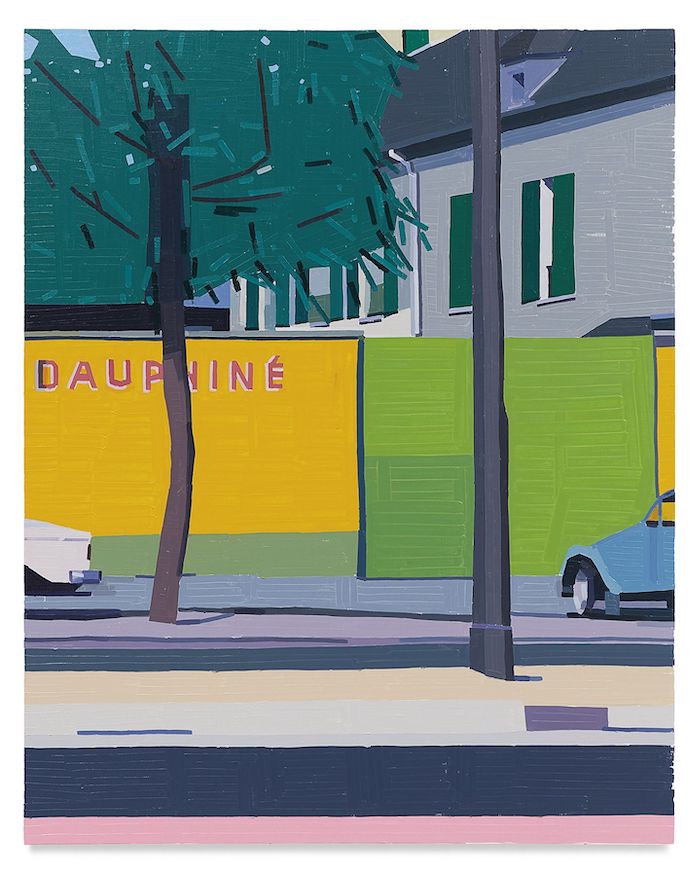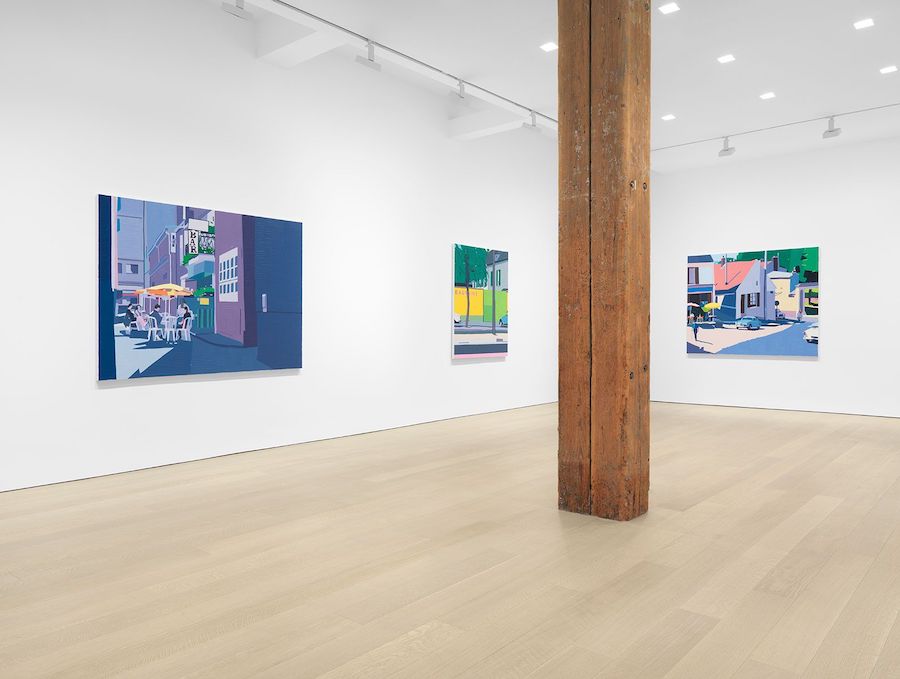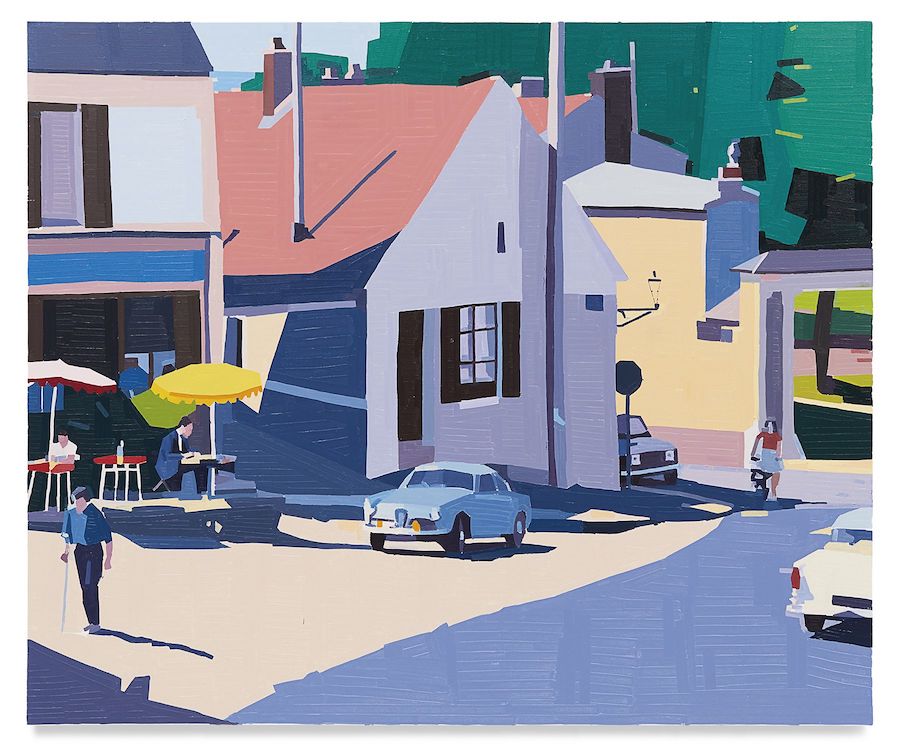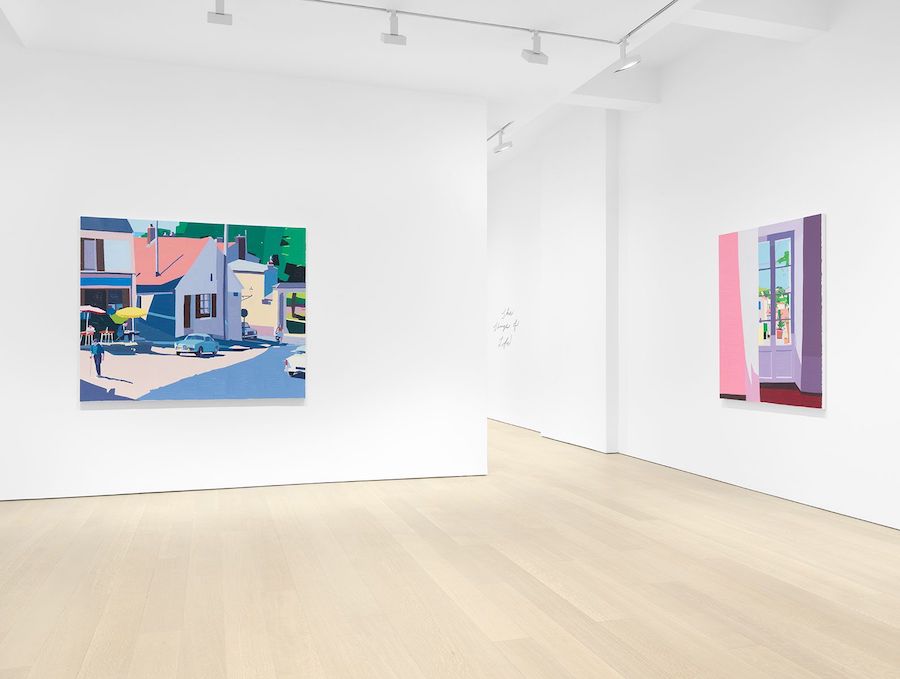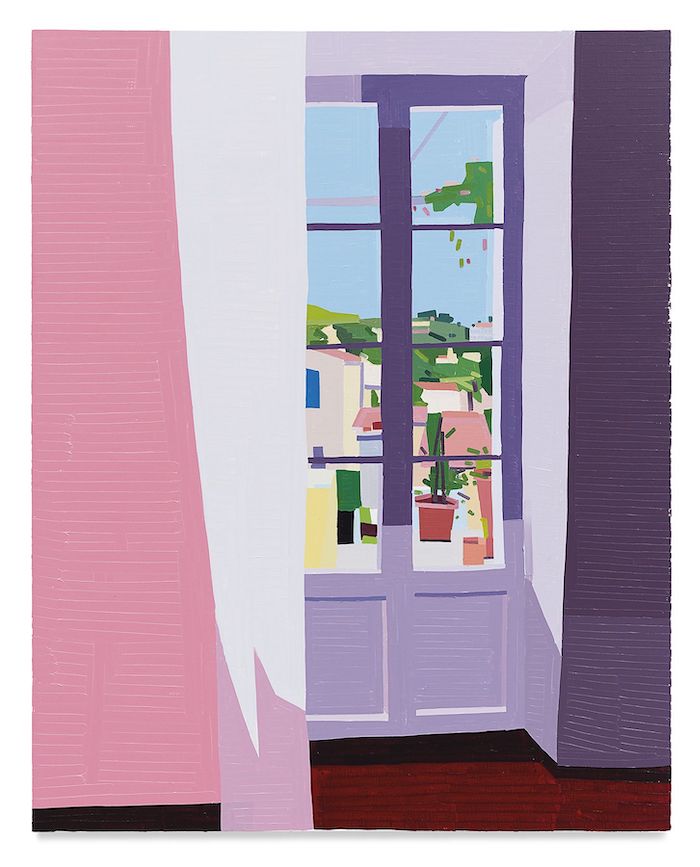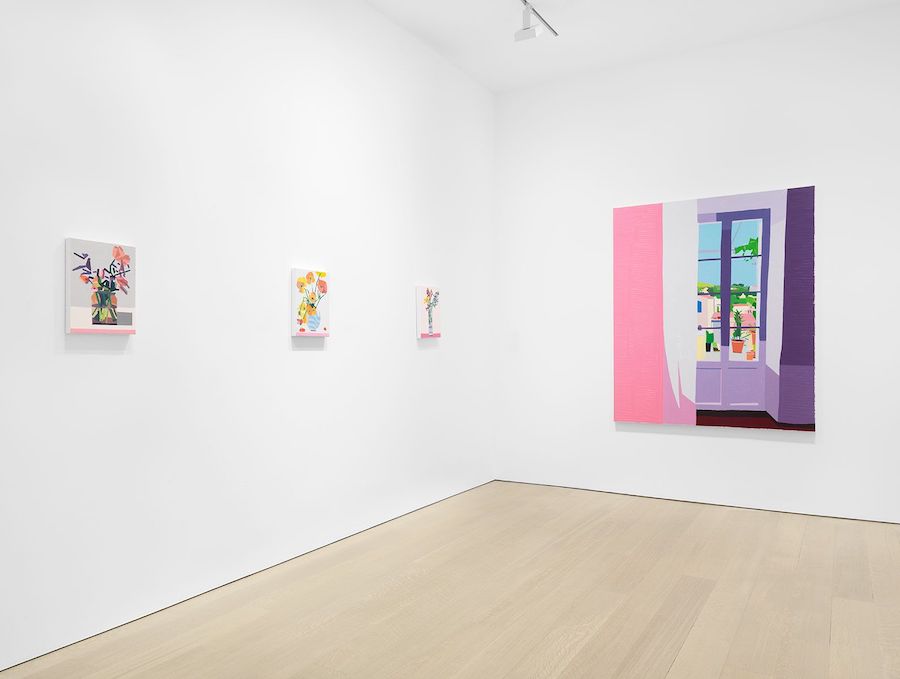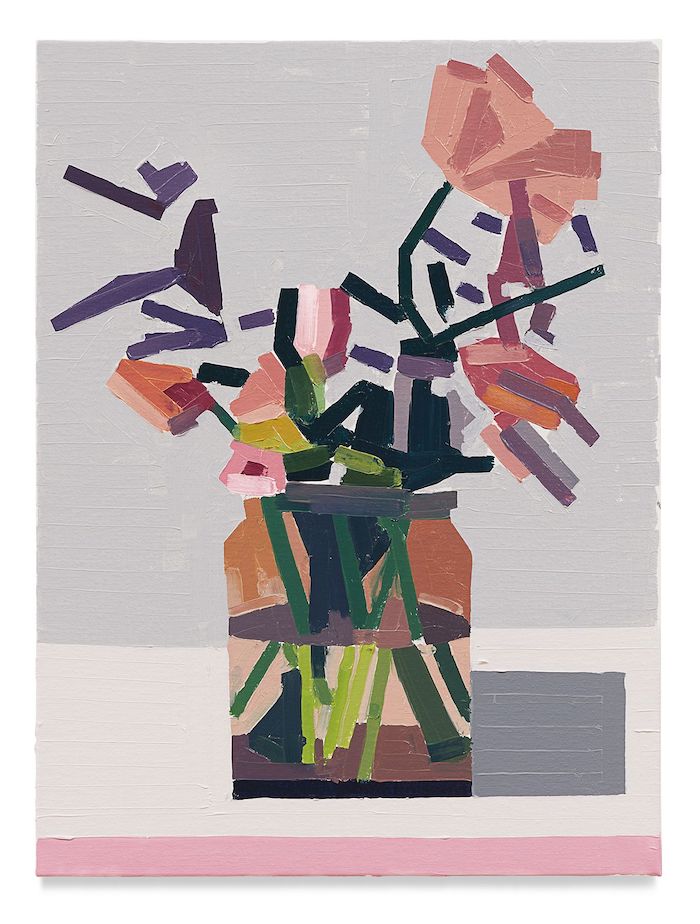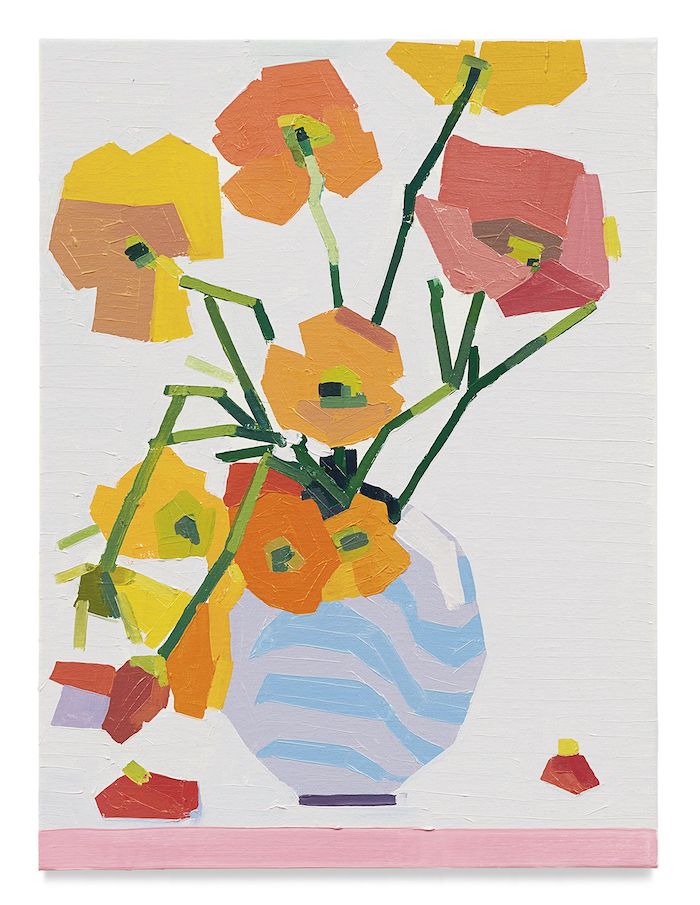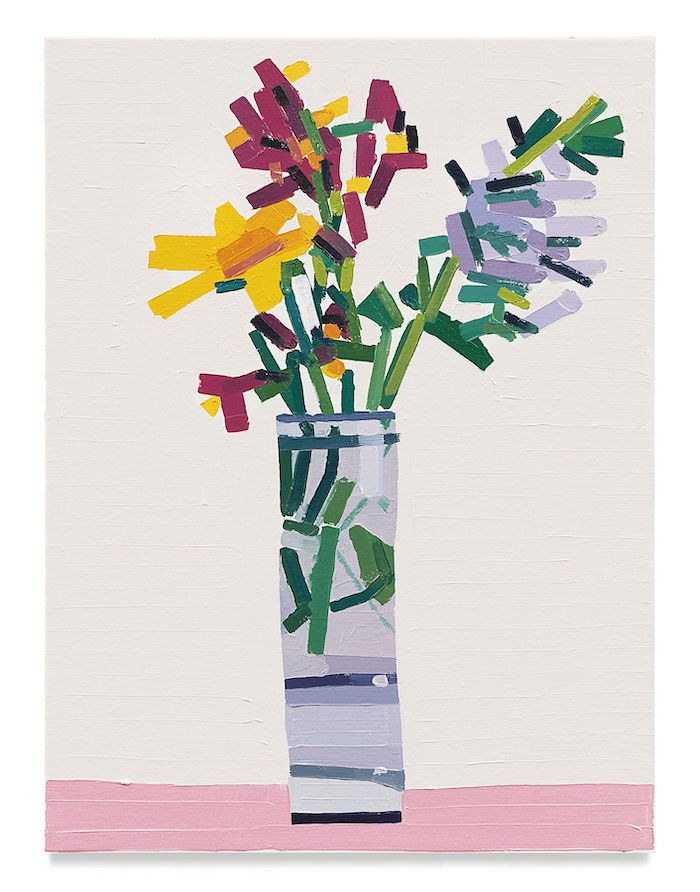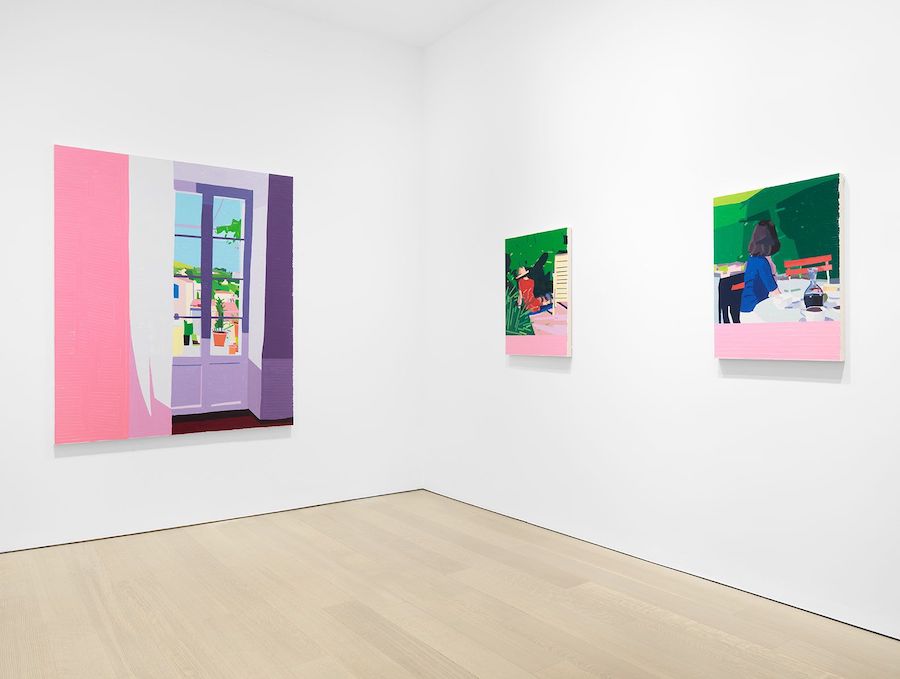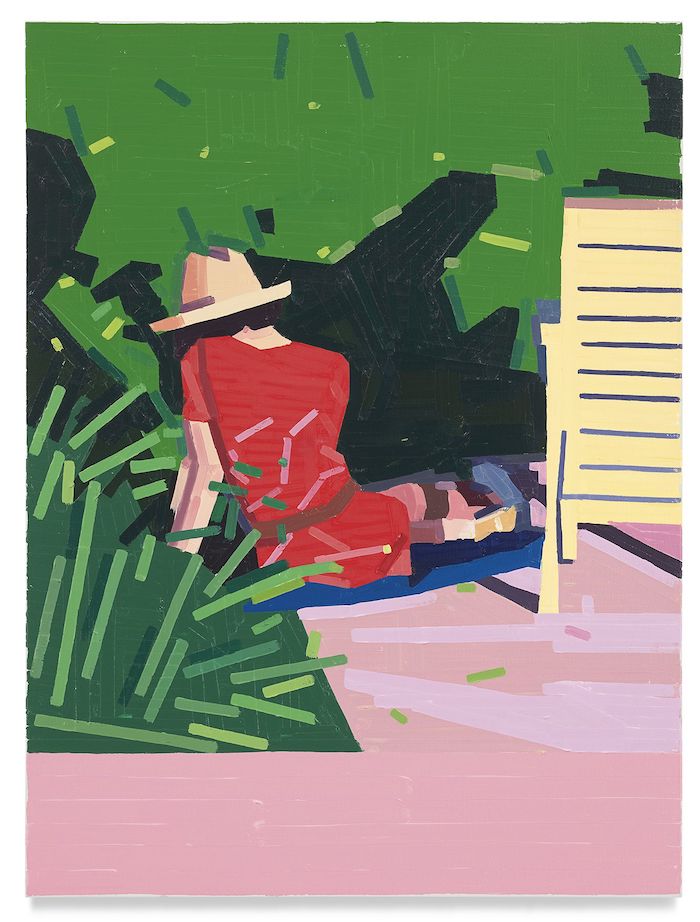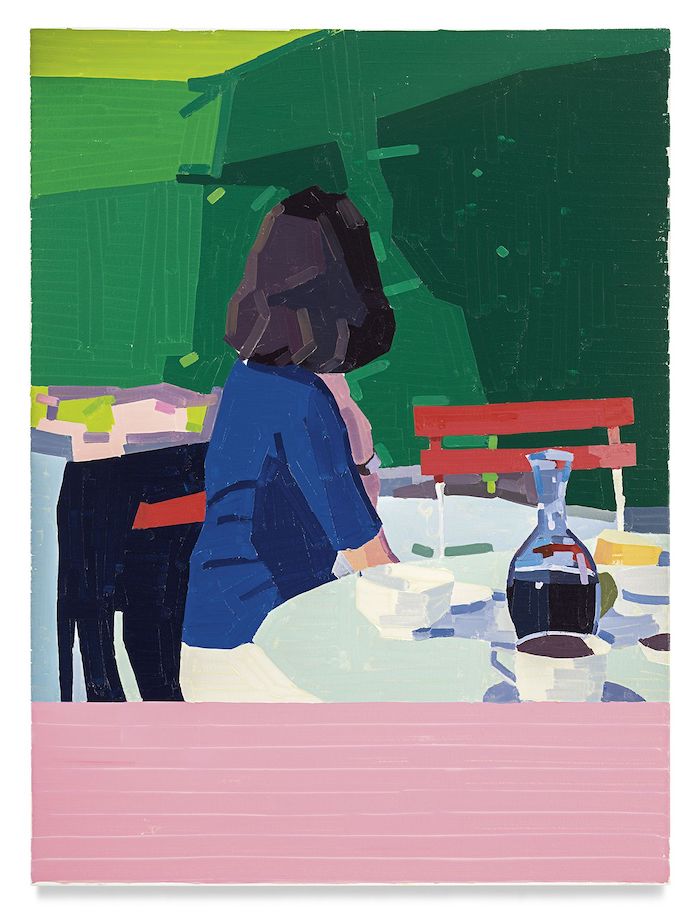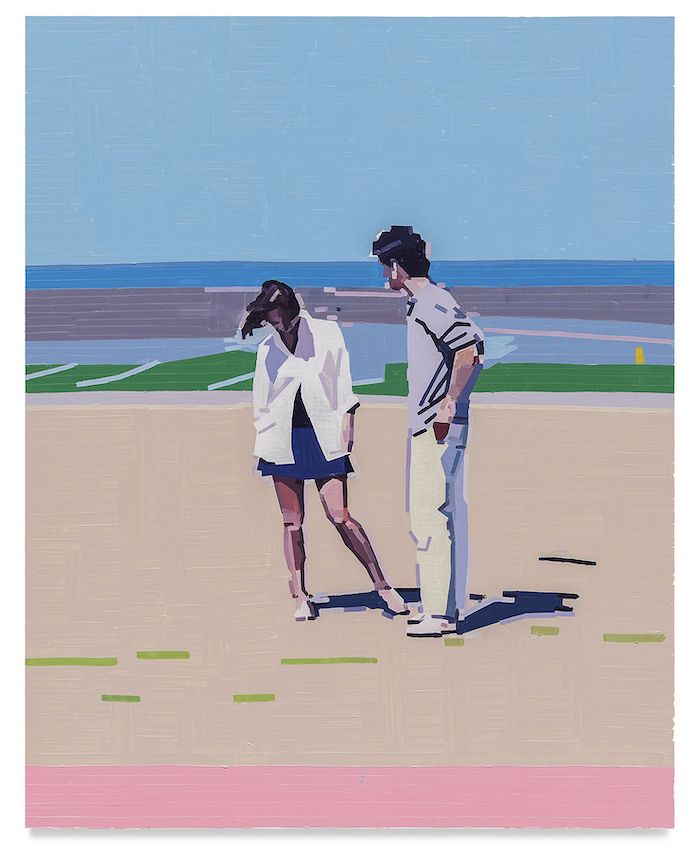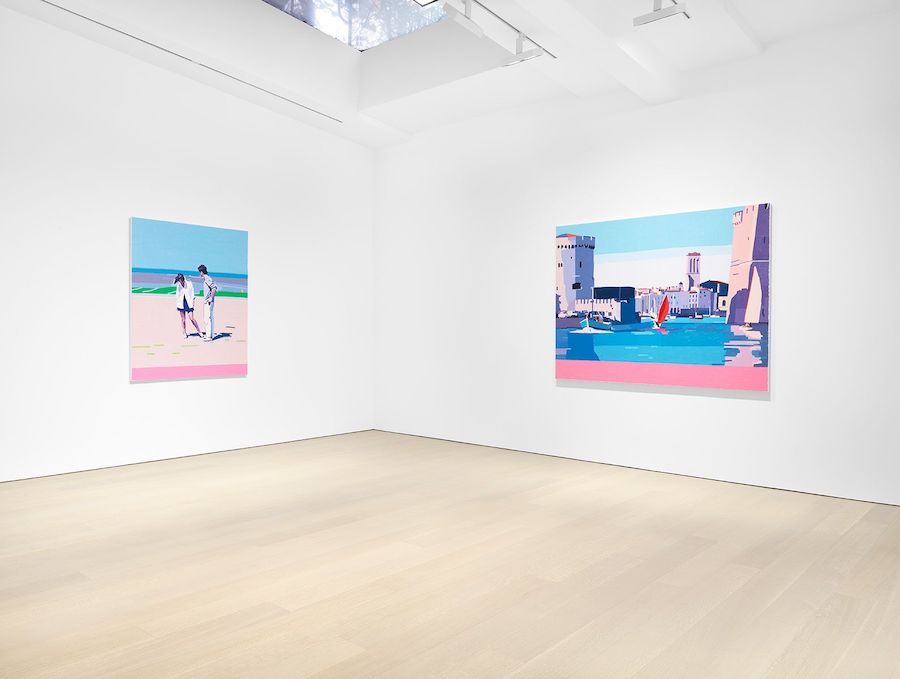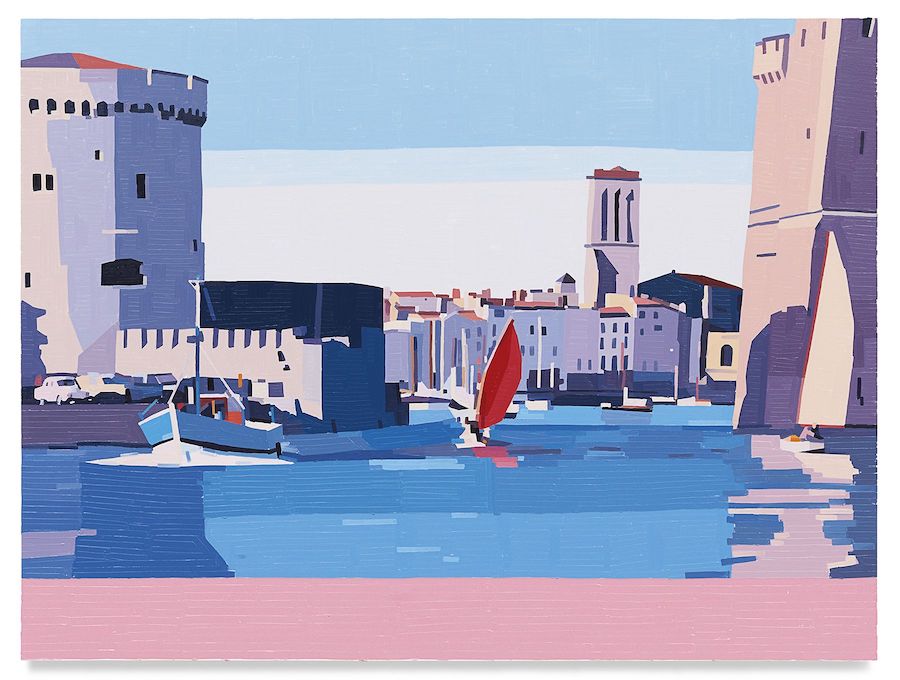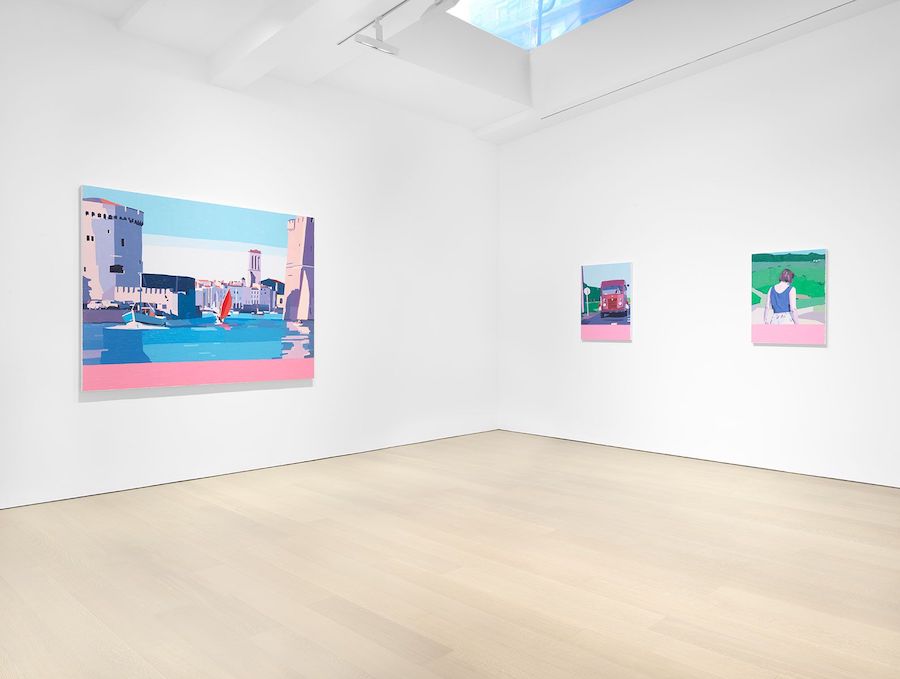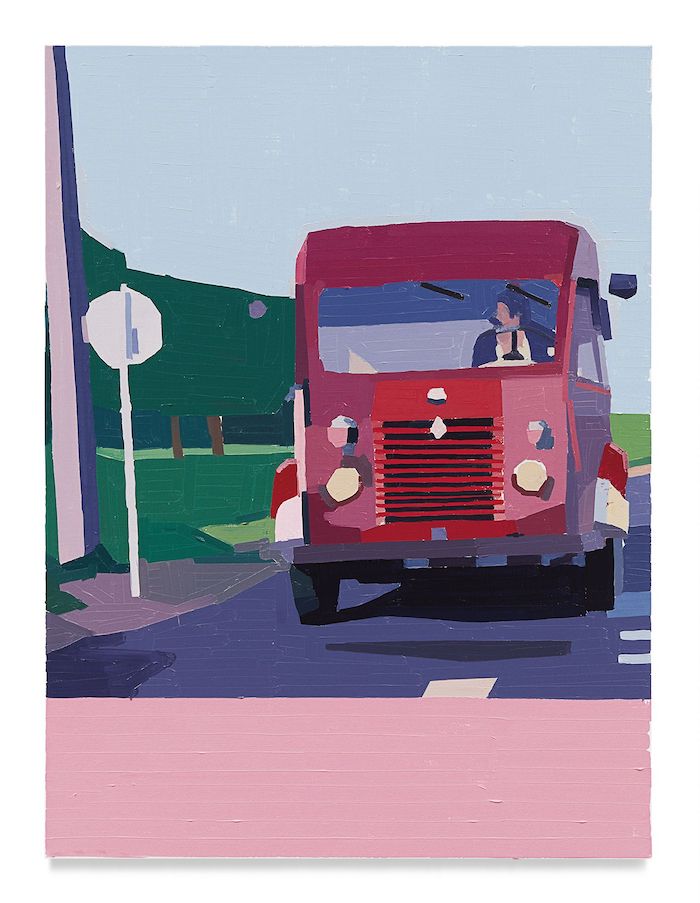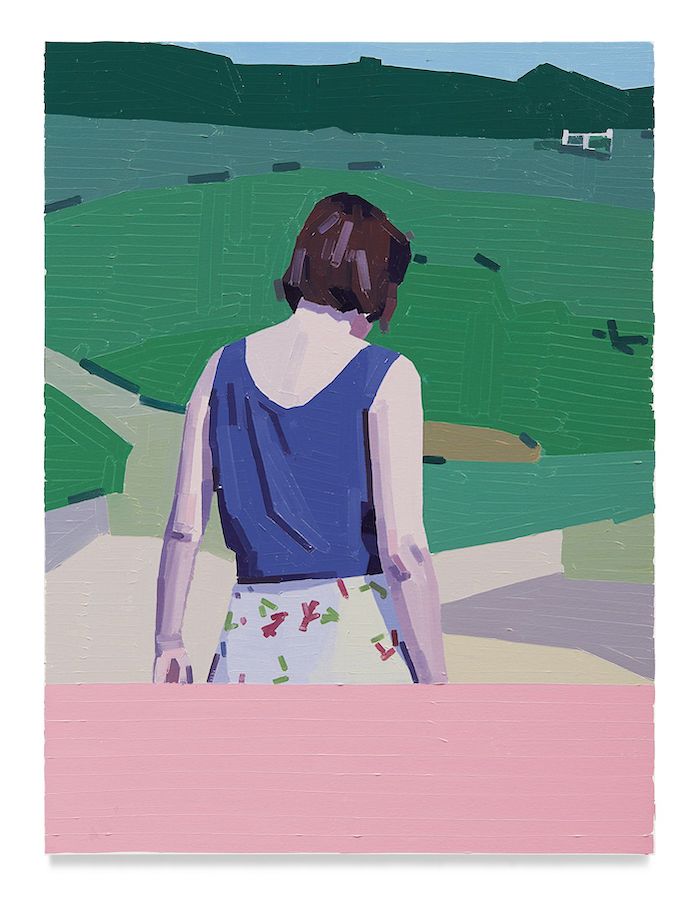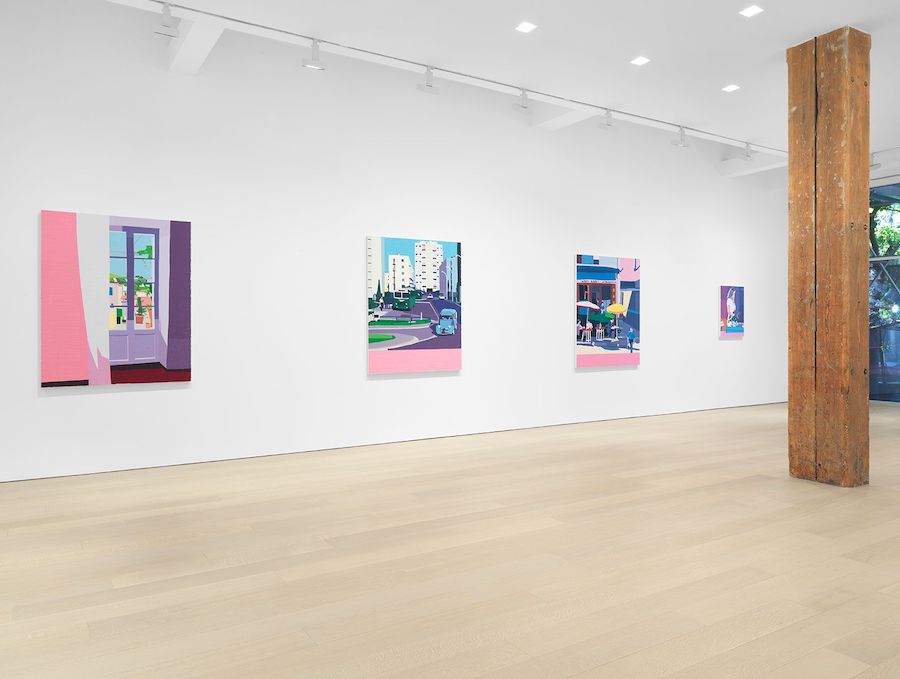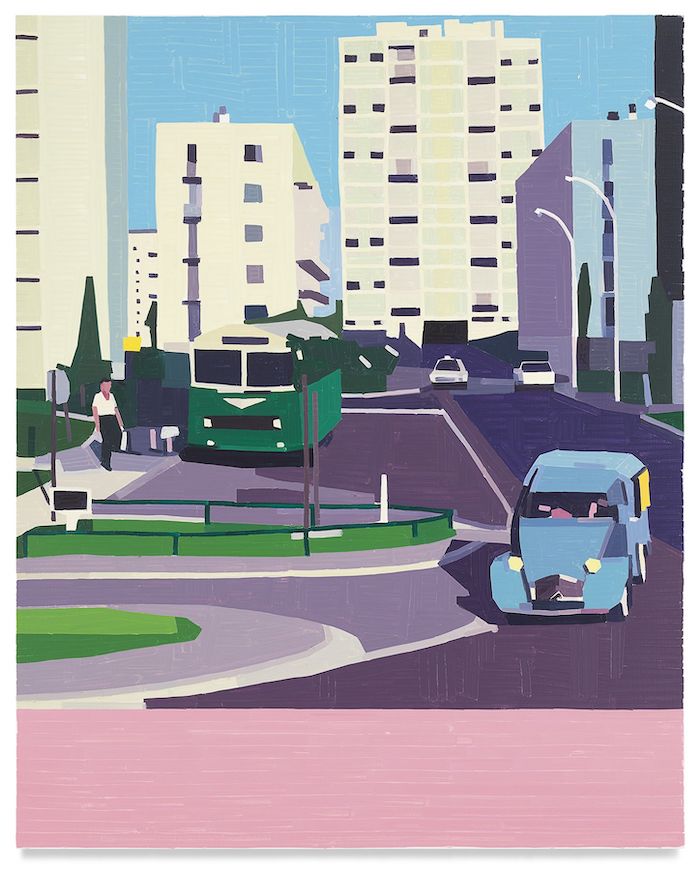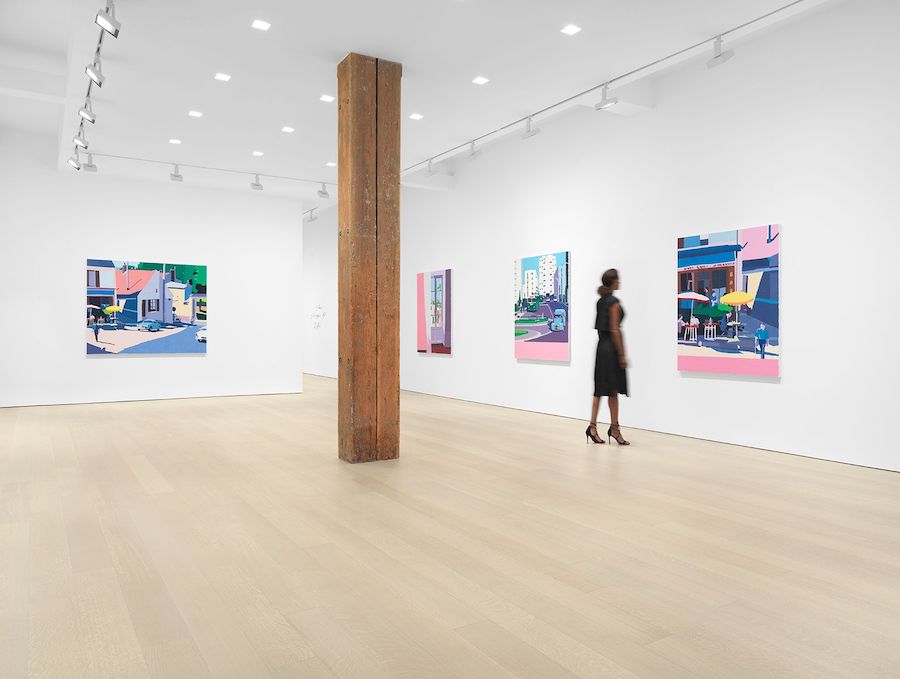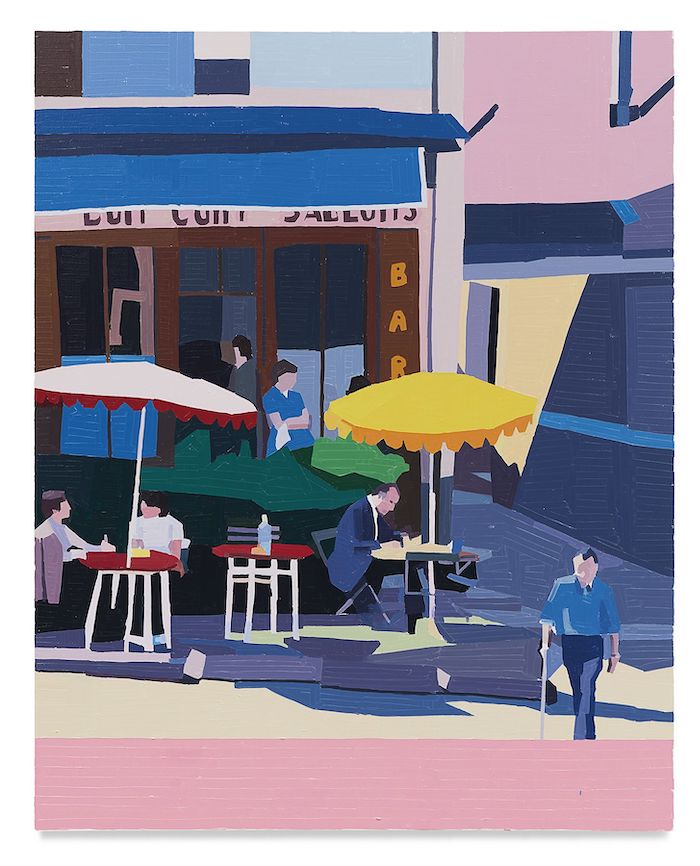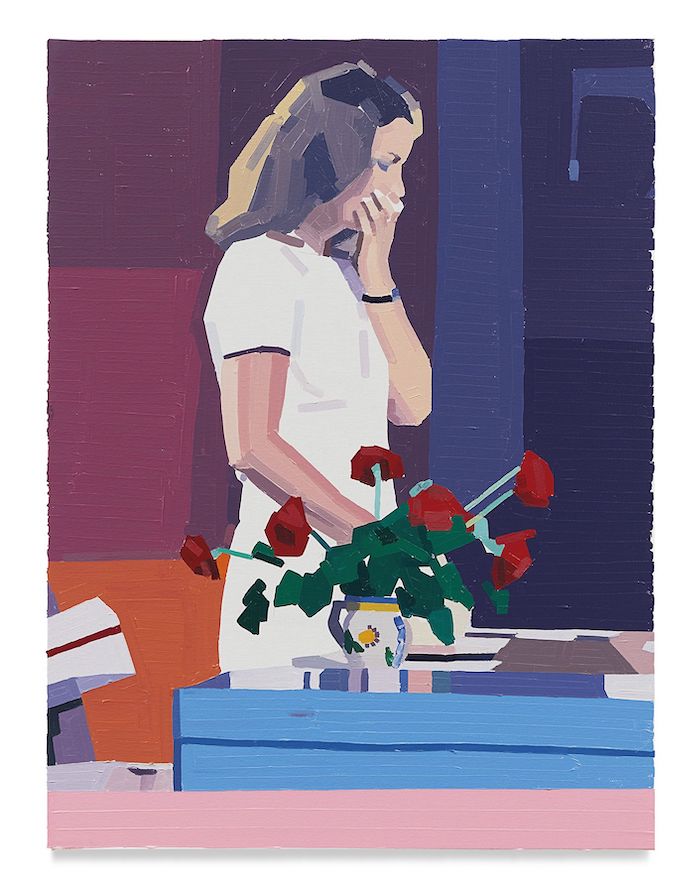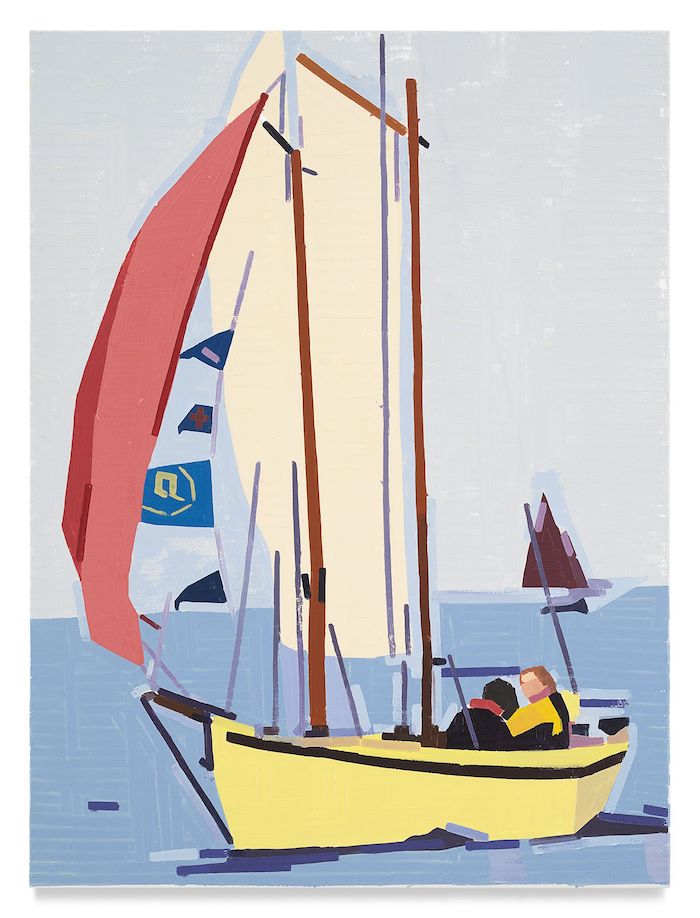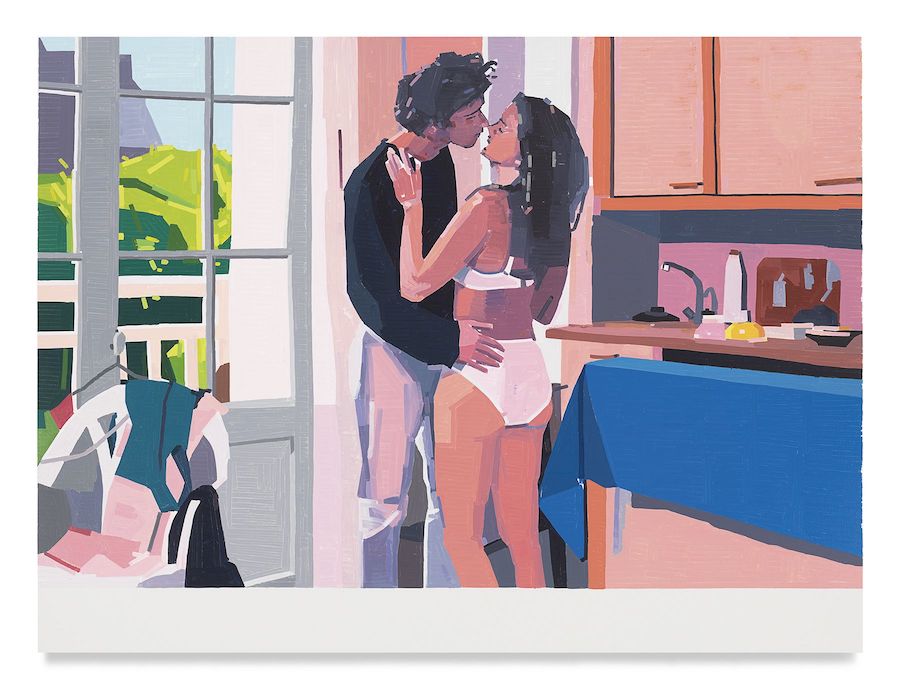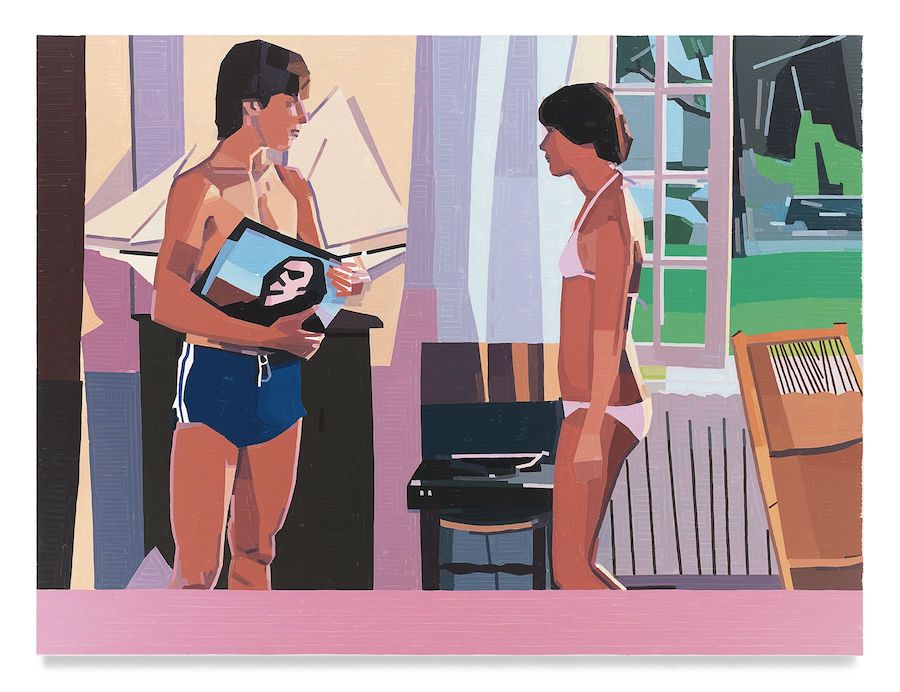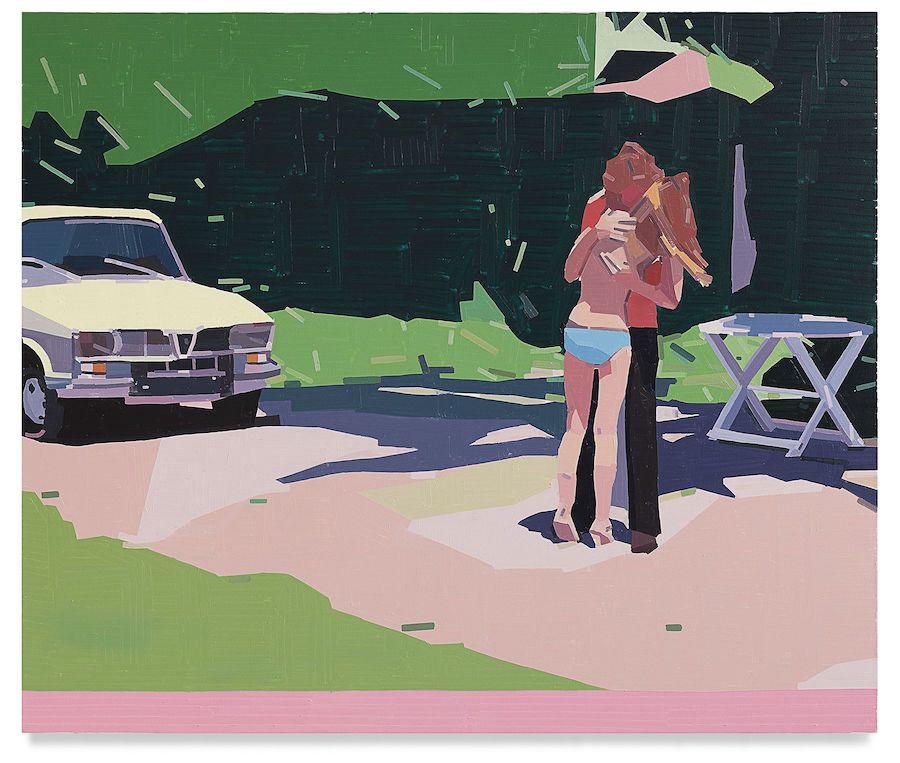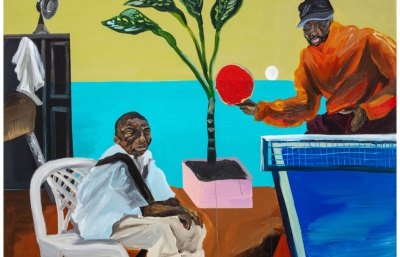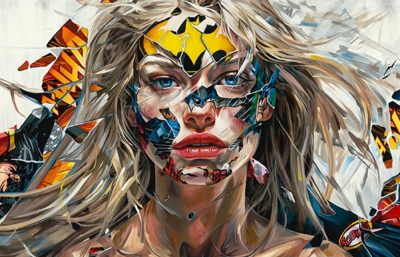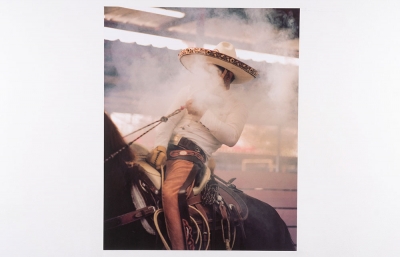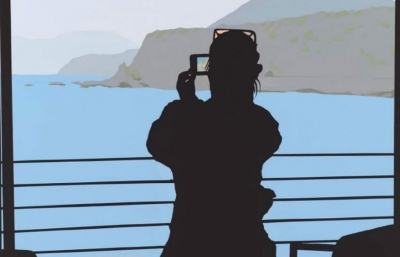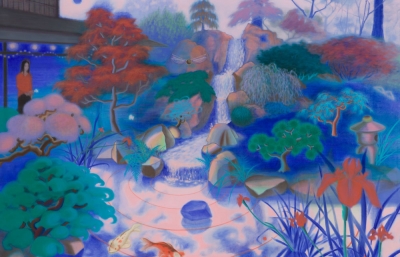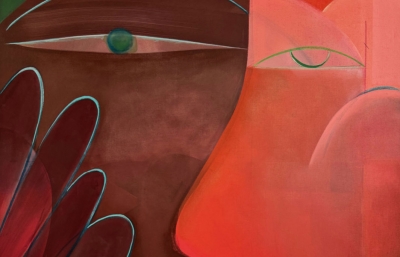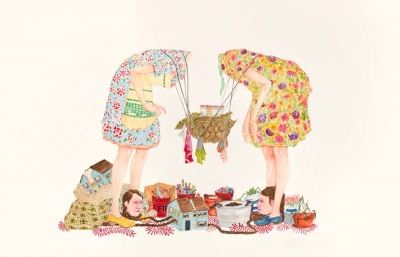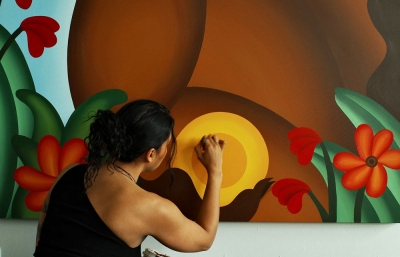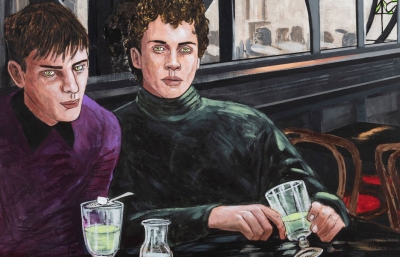On October 21st Guy Yanai opened The Things of Life, his fourth exhibition with Miles McEnery Gallery in New York. Marking an important shift both in his personal life and his artistic practice, this suite of outdoor scenes is continuing onto a body of work presented at his last year's solo show in LA.
"Most of the show is based on the emotions of two films that blew me away - Les Choses de la Vie by Claude Sautet, and Le Bonheur by Agnes Varda. Both films left me sleepless," Yanai told Juxtapoz during a brief conversation we've had about this body of paintings. Somewhat out of ordinary for the artist, the exhibition comprises a selection of outdoorsy snapshots that carry this romantic scent of new, free life in it. "Two years ago I never thought I would be painting outside, and never ever painted people. So I love these changes. I usually only see it consciously after I finish. I wasn’t thinking "ok now I change", it just happens," the artist told us about his relationship with these shifts in the subject matter we've been noticing in the past few years. It arguably all started back in 2020 when we checked with the artist at the peak of the pandemic, and found him paint motifs imposed by the sudden locked-in life. And now, as the world is opening up and the artist has split his life between Tel Aviv and the south of France, these changes are becoming even more evident.
"Les Choses de la Vie I watched 5 times in 6 months. This notion of a man torn in many directions really really touched and resonated with me. His lover, ex-wife, child, father, work, all pulling at him to different places," Yanai told us about why he was so smitten with these films and how they might've had a big impact on his practice and focus of interest. The visuals depicting The Things of Life speak to moments of heartbreak and tragedy, as well as moments of rich intimacy, through the cinematically framed portrayals of light-infused exteriors alongside occasional plant pots or sailing boats. The corner cafes, small-town traffic, beachside scenery, views through the window, and people out in the open are all holding this aura of simpler times past. Simultaneously prompting the viewer to think of their present and dream of their future, it's the candy-like colors and the simplification of the imagery that makes the work so appealing. Built with Yanai's signature technique of applying thick layers of solid colors in a single line, the images become blurred, less defined, and even more dreamy. The appearance of retro Citroen cars, the pink dusk veneer, the signs in French, are all successfully transporting the viewer somewhere warmer, where nonchalance is the default way of life.
The exhibition is accompanied by a fully illustrated catalog featuring an essay by Terence Trouillot. —Sasha Bogojev

